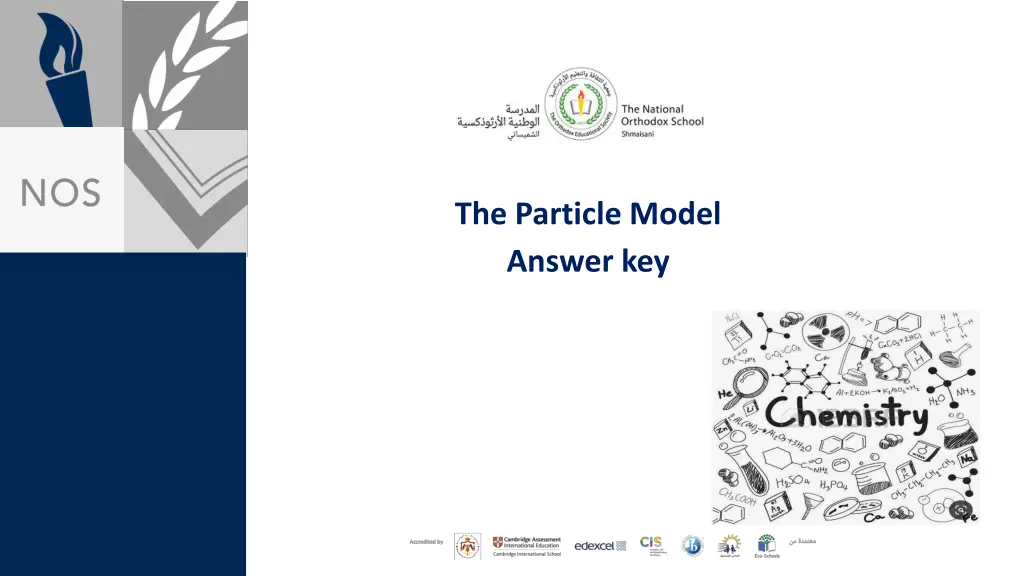
Understanding Particle Model Concepts
Explore key concepts of the particle model such as particle behavior in different states of matter, changes in state, and particle arrangement through a series of questions and answers. Enhance your understanding of basic chemistry principles with clear explanations and illustrations.
Download Presentation

Please find below an Image/Link to download the presentation.
The content on the website is provided AS IS for your information and personal use only. It may not be sold, licensed, or shared on other websites without obtaining consent from the author. If you encounter any issues during the download, it is possible that the publisher has removed the file from their server.
You are allowed to download the files provided on this website for personal or commercial use, subject to the condition that they are used lawfully. All files are the property of their respective owners.
The content on the website is provided AS IS for your information and personal use only. It may not be sold, licensed, or shared on other websites without obtaining consent from the author.
E N D
Presentation Transcript
The Particle Model Answer key
Answers to questions page 25 Answers to questions page 25 1- A space that has no particles. 2- how the particles are separated. 3- The particles are in fixed positions and hold together strongly. 4- The particles move around. 5- Substances don t flow in the solid state because the particles in fixed positions; substances flow in liquid and gas states because the particles can move around.
Answers to questions page 27 Answers to questions page 27 1- condensing. 2- movement: from sliding over each other to moving fast and freely everywhere. separation: from touching each other to being far apart. 3- Both involve a change in state from liquid to gas. Evaporation happens at any temperature, but boiling happens at the boiling point. In evaporation, particles leave the surface of the liquid, but in boiling, gas bubbles form everywhere in the liquid. These bubbles rise to the surface and escape. 4- Chlorine
Answers to questions page 31 Answers to questions page 31 1- a- melting b- freezing c- boiling/ evaporating 2- movement: from sliding over each other to vibrating in fixed positions. arrangement: from random arrangement that changes all the time to a pattern. separation: particles touch each other before and after. 3- a- solid b- liquid c- gas d- solid
